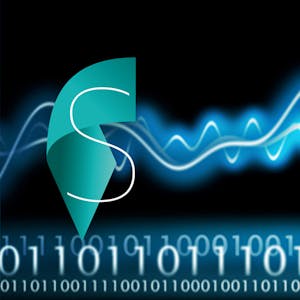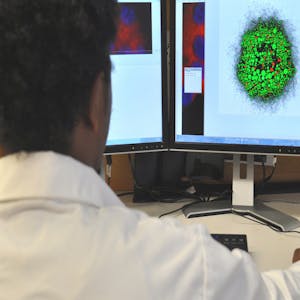Designing Hardware for Raspberry Pi Projects
About this Course
This is course 4 of this specialization (although it can be taken out of order) and focuses on applying experience and knowledge gained in the first three courses to build physical electronics hardware. Specifically, this course focuses on four areas: circuit simulation, schematic entry, PCB layout, and 3D CAD modeling. There are many excellent commercial applications available in these areas, however to give everyone access we\'ll be using all free and open-source software. By the end of this course you should feel comfortable using free and open-source software to design your own printed circuit board and any bracketry or case to hold it, customized for your application. Module 1 covers circuit simulation using several open-source projects and simulation methods for simulating transient response of circuits as well as frequency-domain response of filters. Additionally, we\'ll use open-source filter synthesis tools to help you quickly design and simulation filters. Module 2 is all about creating professional looking electrical schematics. This is both an art and a skill and we\'ll cover the technical elements of using schematic entry software as well as broad concepts that are portable to any commercial application. Module 3 takes our schematic and turns it into a physical PCB design. Understanding this process of how the schematic and the PCB layout work together is critical. We\'ll be demonstrating this with open-source software, but again, the concepts apply to any commercial software you may have access to. Module 4 demonstrates the powerful idea of co-designing your electrical and mechanical systems together. We\'ll create a 3D model of our electrical PCB and bring it into 3D CAD software to design mechanical parts around it. Tying together these two applications opens another dimension in customizing your projects.Created by: Johns Hopkins University

Related Online Courses
This Specialization equips professionals with the knowledge and strategies to understand, communicate, and implement Environment, Social, and Governance (ESG) principles in diverse organizational... more
In this Specialization, you will learn industry-standard theory and methods for developing successful user interfaces (UIs). Upon completing this Specialization, you will have fluency with the user... more
Digital Signal Processing is the branch of engineering that, in the space of just a few decades, has enabled unprecedented levels of interpersonal communication and of on-demand entertainment. By... more
Design systems-level experiments using appropriate cutting edge techniques, collect big data, and analyze and interpret small and big data sets quantitatively.\\n\\nThe Systems Biology... more
In this immersive guided project, learners will dive deep into JavaScript mastery through the development of a sophisticated Currency Converter App, leveraging the capabilities of ChatGPT for... more








